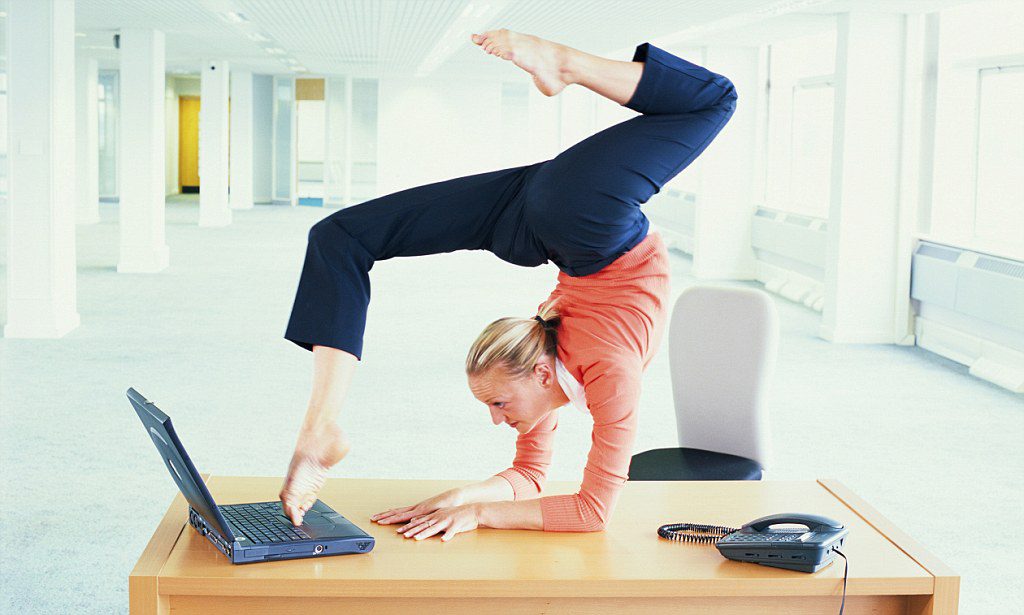Should You Sit or Stay Fit? Tips for a Healthier Lifestyle

The Hidden Dangers of a Sedentary Lifestyle—and How to Stay Active Every Day
In our fast-paced modern world, most of us spend the majority of our day sitting—whether it’s at work, during commutes, or while relaxing at home. Although convenience has become a hallmark of our society, our increasingly sedentary lifestyle comes with significant health risks.
Prolonged periods of inactivity, like sitting or lying down for extended hours, define a sedentary lifestyle. According to the World Health Organization (WHO), physical inactivity is a leading contributor to disease and disability worldwide. It sharply increases the risks of heart disease, diabetes, obesity, hypertension, and even mental health challenges like depression. Inactivity is also linked to the accumulation of abdominal fat, which can raise triglyceride levels, lead to insulin resistance, and heighten the likelihood of developing diabetes. Additionally, sitting for long hours can take a toll on your spine, resulting in back pain, discomfort, and fatigue.
The Good News: Small Changes Make a Big Difference
Fortunately, combating a sedentary lifestyle doesn’t require major overhauls to your daily routine. WHO recommends adults aged 18 to 64 engage in at least 150 minutes of moderate physical activity per week—or, for enhanced health benefits, aim for 300 minutes. If you’re new to exercise, start small and gradually increase your activity levels.
To help you take those first steps, here are 6 simple yet effective ways to incorporate movement into your day:
- Stretch during TV breaks. Use commercial breaks as an opportunity to move. Do stretches, squats, or even a few jumping jacks to get your circulation going.
- Take regular walking breaks. Stand up and walk for at least 5 minutes every hour to counteract long periods of sitting.
- Make the most of your lunch break. Dedicate 15 minutes to a brisk walk to refresh your mind and boost your energy for the rest of the day.
- Move while cooking. Waiting for your food to bake or boil? Use that time to do wall push-ups, tip-toes, or even arm curls with a water bottle.
- Exercise while watching TV. Combine relaxation with activity by doing chair exercises, stand-and-sit repetitions, or using a water bottle as a makeshift dumbbell.
- Find movement in daily tasks. Instead of relying on emails or texts, walk over to your colleague’s desk. Small acts of movement like these add up throughout the day.
Choose Movement Over Inactivity
Incorporating these small, consistent changes can help counteract the harmful effects of a sedentary lifestyle. Regular movement not only protects your physical health but also boosts energy, strengthens muscles, and enhances your quality of life.
The question is: will you continue to sit or take the first steps toward a healthier, more active you? Your body will thank you for choosing movement.
Stay Active, Stay Healthy
By embracing even the simplest forms of daily activity, you can regain control of your health, feel stronger, and stay energized. It’s never too late to start moving—and every step counts.
Keywords: sedentary lifestyle, stay active tips, dangers of sitting, easy exercises, reduce inactivity, back pain solutions, benefits of movement, physical activity for beginners

We Make It Easy To Pick Healthy.
Established since 2015. We are a healthy food delivery service offering delicious calorie-controlled and macro-balanced meals. Prepared by chefs and nutritionists with your health in mind.
